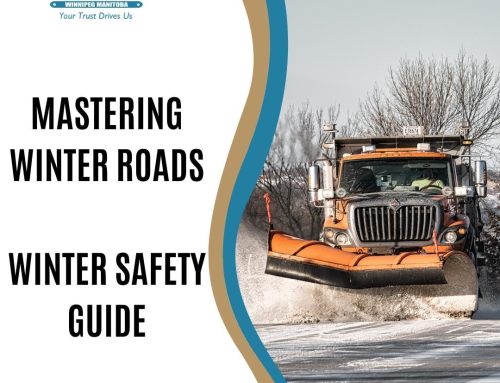 Every year there are over 400,000 accidents that involve semi and passenger vehicles. Of those accidents over 80% are caused by passenger vehicles. It is important for all motorists to know how a tractor and trailer operate on the road. They are bigger and take up more space, they need more room to maneuver, they have more blind spots, and they take more time to stop.
Every year there are over 400,000 accidents that involve semi and passenger vehicles. Of those accidents over 80% are caused by passenger vehicles. It is important for all motorists to know how a tractor and trailer operate on the road. They are bigger and take up more space, they need more room to maneuver, they have more blind spots, and they take more time to stop.
With the summer vacation season just beginning the Len Dubois Trucking fleet wants to make sure that everyone arrives at their destination safely. There have been great strides made in recent years on educating the public about tractor trailers on the roadways.
Here are 6 Things Passenger Vehicle Drivers’ Need to Know
- Avoid the blind spots around a semi. A good rule of thumb to remember, if you can’t see the driver of a semi in his or her mirrors, the driver can’t see you. Many accidents can be avoided if all drivers took the time to learn where the blind spots on a semi are.
- Pass semis with caution. Passing a semi on the left side of the vehicle is the safest. The left side of the semi has the least amount of blind spots, therefore, the driver of the semi ahs maximum visibility on his left side. When passing a semi, just do it. Many drivers tend to slow while passing, keeping you in blind spots longer.
- Don’t linger near the truck. Many passenger vehicles tend to crowd semis, most often due to the fact that they don’t know they are sitting in a trucks’ blind spot. Semis need extra room, your following distance should never be less than 4 seconds giving you ample time to stop should the semi need to brake suddenly, and keep you out of harm’s way should something, such as a tire blowout, occur.
- Don’t cut trucks off. Because of the length of the hood on a semi and the height of it, the area directly in front of a semi is a blind spot. When you pull in front of a truck or are simply driving in front of a truck, you need to make sure that you leave plenty of room to give the trucker ample time to stop in case of emergency braking.
- Use your signals and signal sooner. Trucks require more time and distance to slow down and come to a stop. Signal early when changing lanes, stopping or turning when you are driving near semis. This will give the driver enough time to react to your planned roadway change.
- Be patient and predictable. Avoid making erratic moves in traffic. This is a good rule of thumb for everyday driving. Speeding past other traffic, driving aggressively and making sudden, erratic moves on the roadway often lead to dangerous situations.
Public education is key in reducing the amount of passenger/commercial vehicle accidents. We want everyone to arrive at their destination safely, so share this information with your friends and family and encourage them to develop a better understanding of semi trucks on the roadways.




